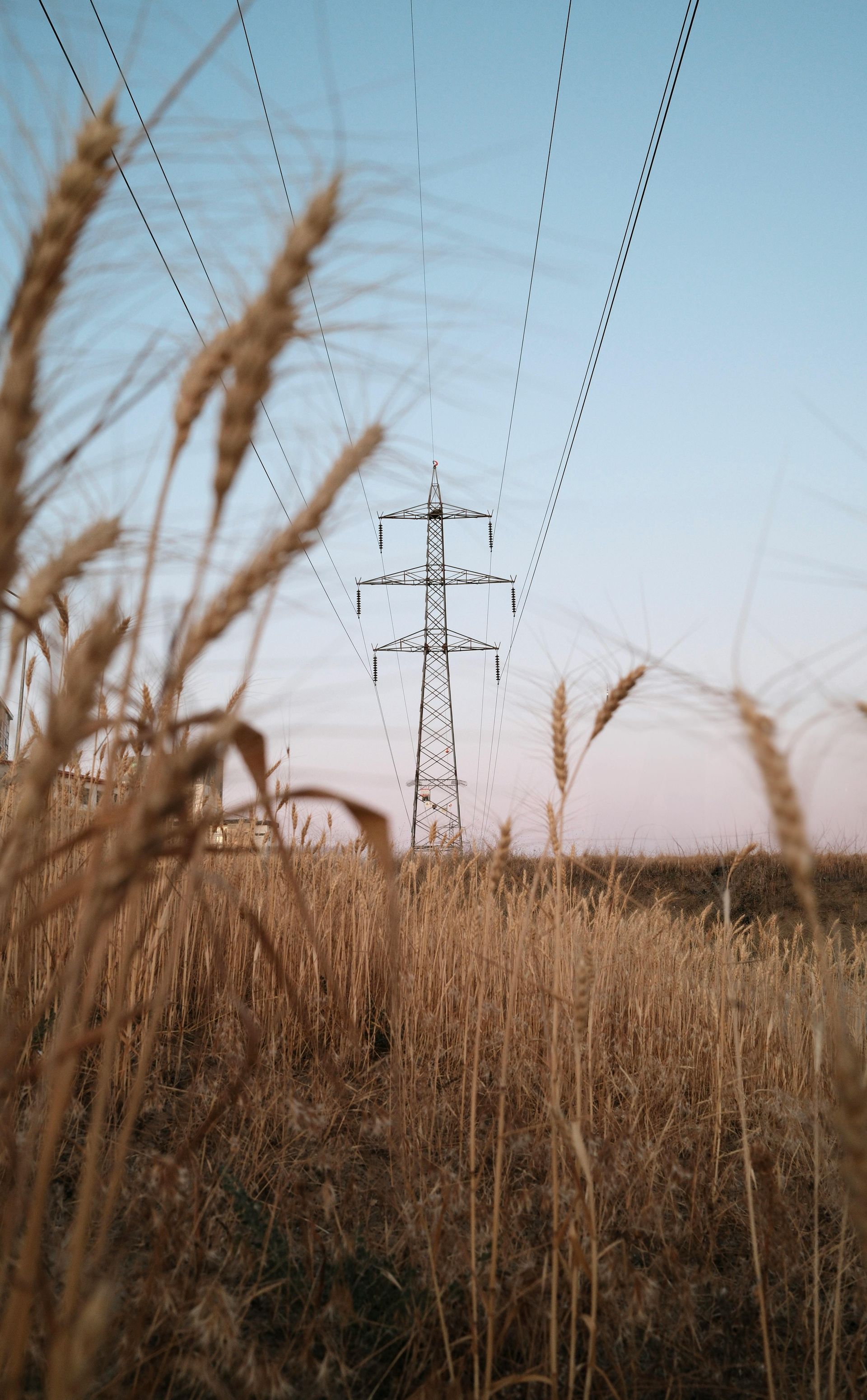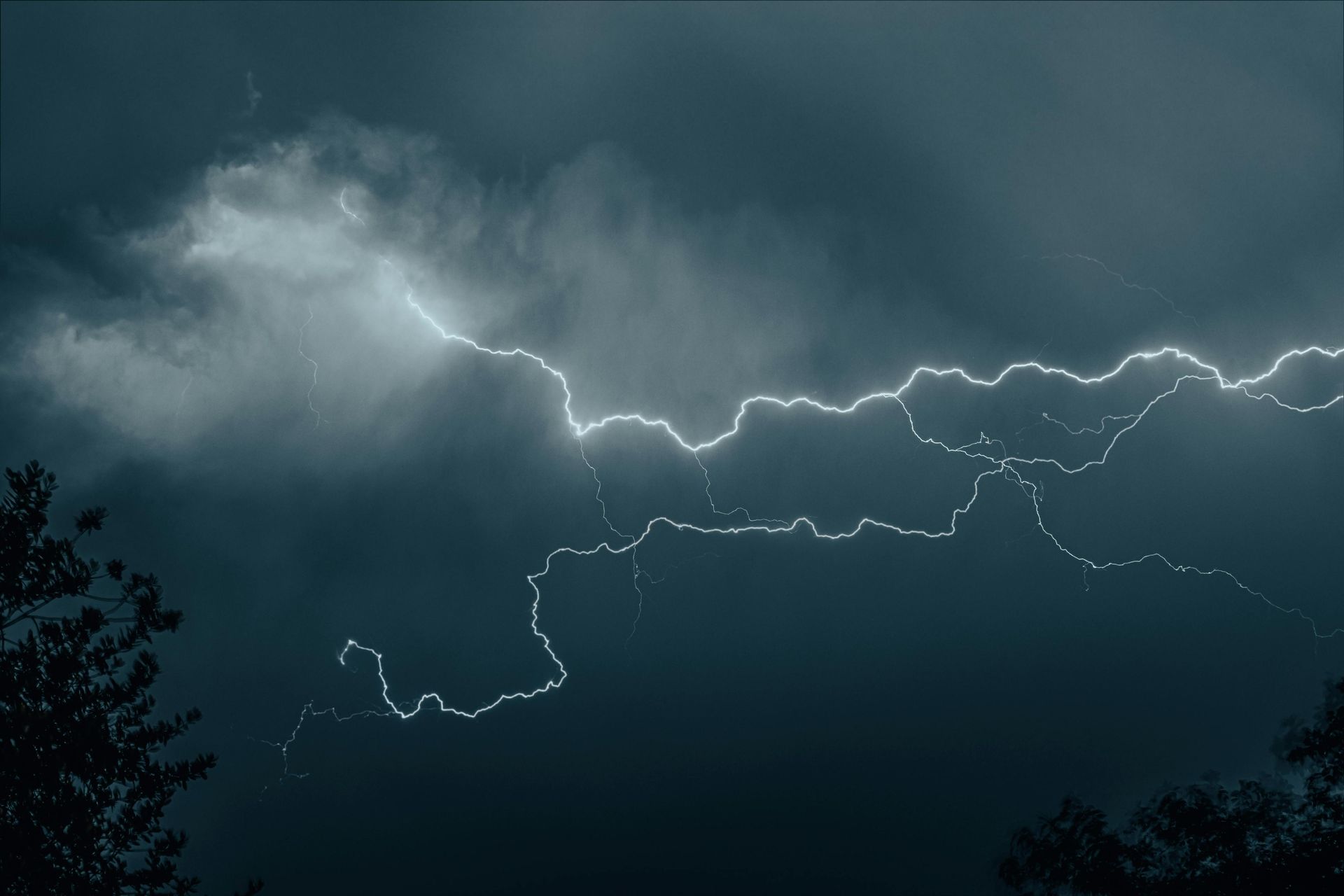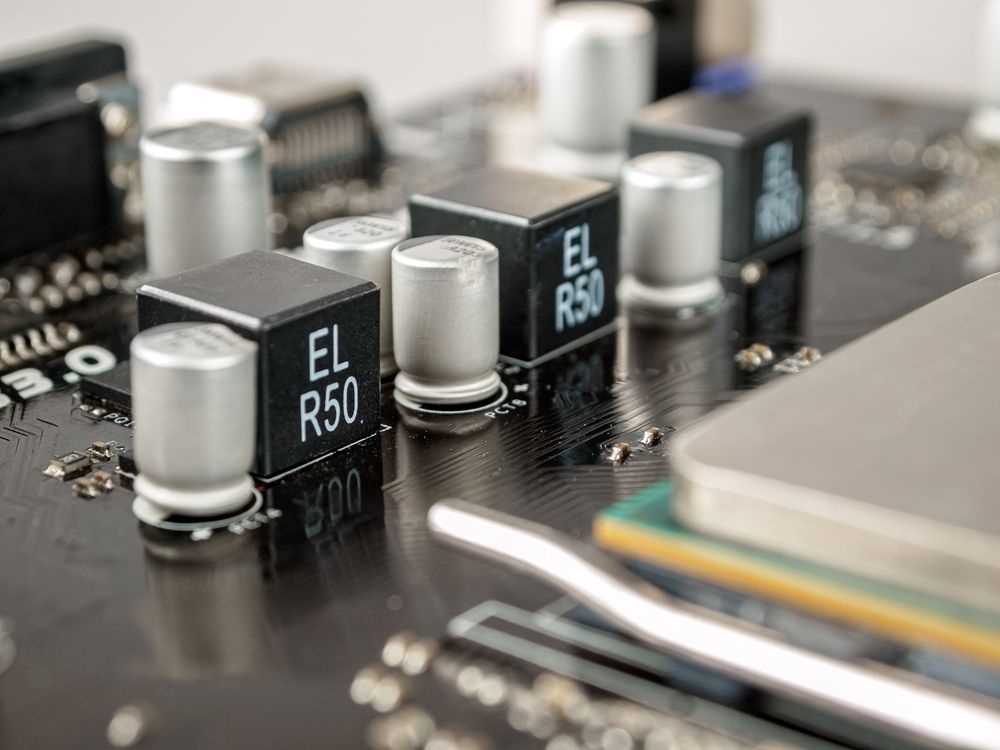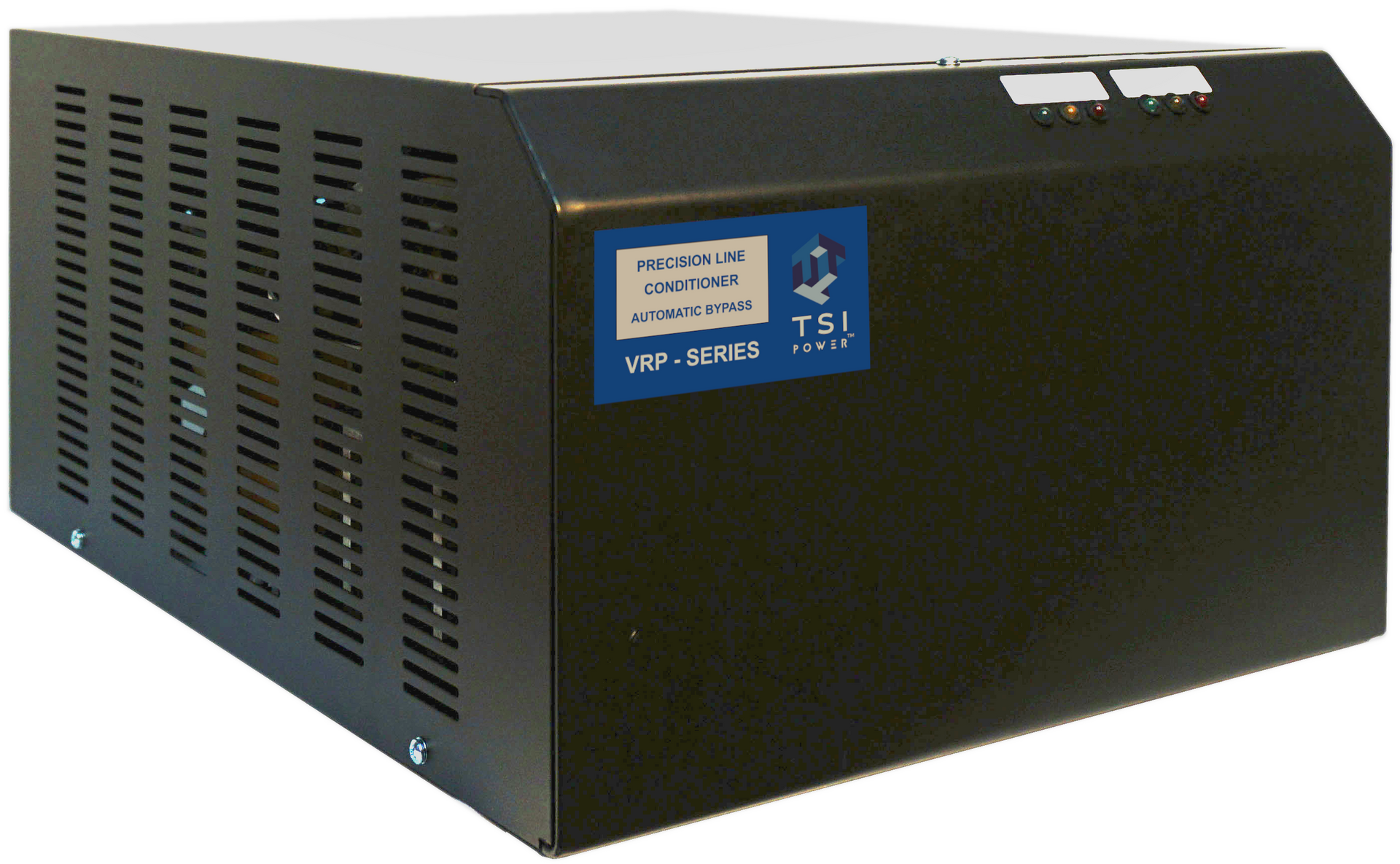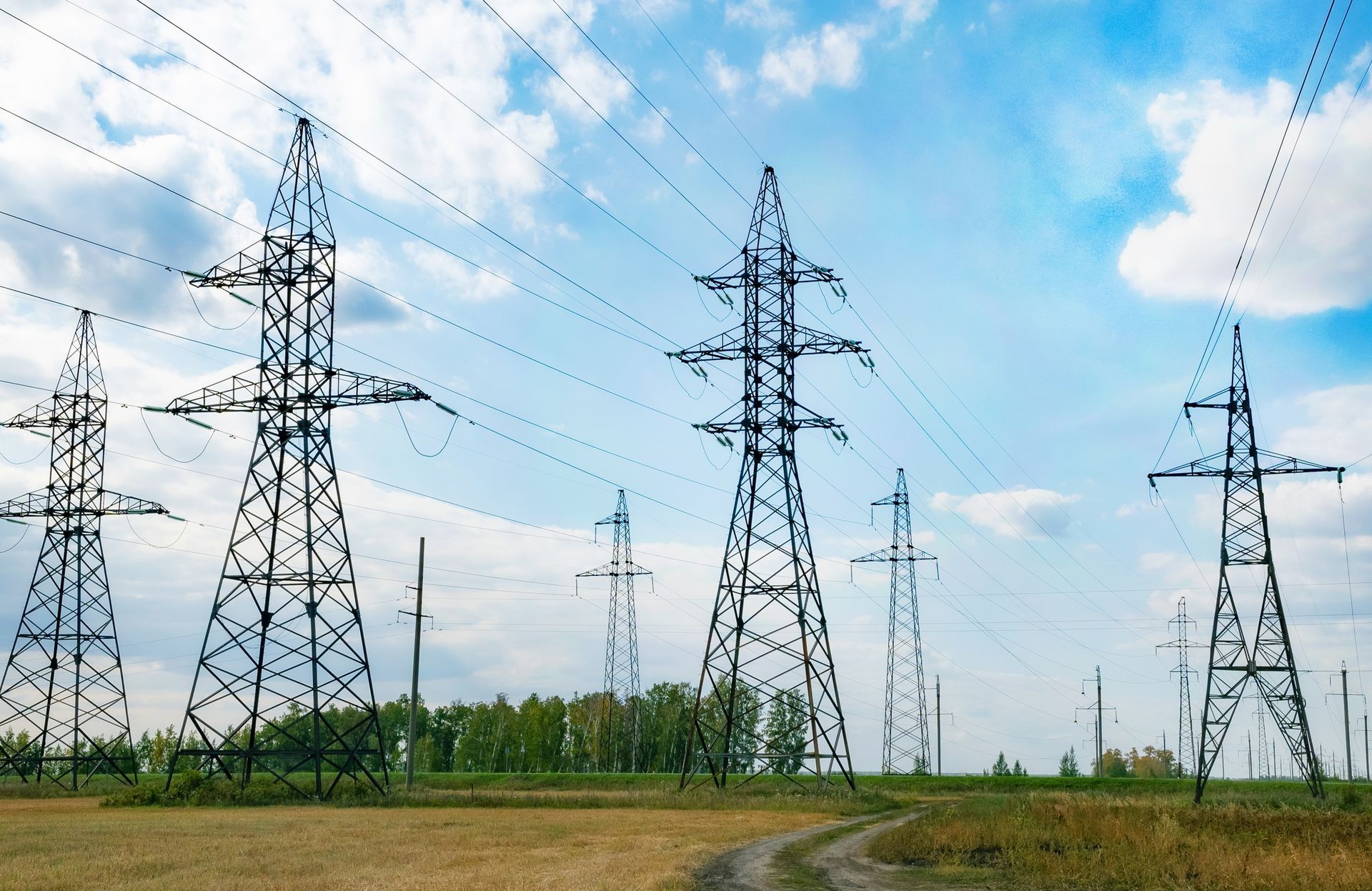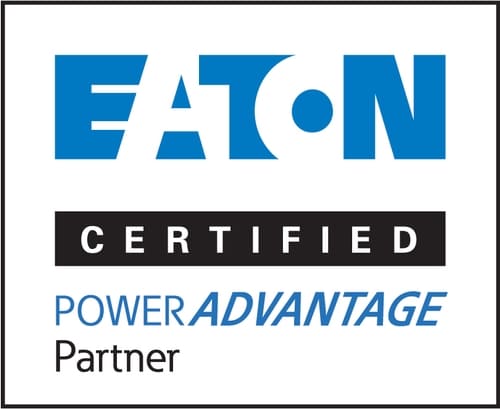Summer Power Spikes: How Voltage Correction Protects Industrial HVAC Systems
7 July 2025
Share this article:
What is a Power Spike?
A power spike is a sudden, sharp increase in voltage that typically exceeds the nominal voltage level by 10% or more. Unlike brief surges that affect residential appliances, power spikes can deeply destabilize sensitive industrial systems. Industrial HVAC systems, which rely on finely tuned controls, motors, and variable frequency drives (VFDs), are particularly vulnerable.
In industrial environments, power quality issues extend beyond transient surge events. Power spikes, sags, and fluctuations can cause cumulative damage over time, threatening the integrity and reliability of critical HVAC infrastructure. Recognizing and mitigating these issues is vital for maintaining operational continuity. Addressing these challenges proactively ensures that HVAC systems remain resilient, reducing operational risks and extending the lifespan of expensive assets.
Common Causes of Summer Power Spikes
During the summer months, several factors converge to make power spikes more frequent and damaging:
- Utility Grid Instability: High demand from air conditioning systems and industrial cooling operations strains the grid, causing voltage fluctuations and instability. When demand outpaces supply, voltage irregularities spike, often without warning.
- Weather-Related Disturbances: Lightning strikes and storm-induced faults can send sudden voltage surges through the grid, affecting industrial facilities. Summer thunderstorms, which are more frequent in many regions, amplify this risk.
- Internal Facility Causes: The start-up of large equipment or sudden load shifts within a facility can create localized power spikes. Industrial facilities with heavy machinery must be particularly cautious, as these internal shifts can interact with external grid instability.
Industrial HVAC systems in manufacturing plants, data centers, and healthcare facilities are particularly susceptible. These systems operate continuously and draw significant loads, making them sensitive to even minor voltage anomalies. Given their constant operation, these HVAC systems have little tolerance for inconsistency in power quality, necessitating robust protection strategies.
Risks of Power Spikes on Industrial HVAC Systems
Power spikes pose serious threats to the longevity and reliability of industrial HVAC systems:
- Electrical Stress: HVAC compressors, control boards, and VFDs experience immense electrical stress during spikes, leading to premature aging. Repeated incidents cause thermal stress and component fatigue, hastening end-of-life scenarios.
- Component Failure: Motors and controllers can suffer from insulation breakdown, overheating, and ultimately, failure. Components subject to electrical overstress may show no immediate signs of malfunction but deteriorate internally, resulting in unexpected breakdowns.
- Downtime Risks: Equipment malfunctions can halt critical cooling operations, causing facility-wide disruptions and productivity losses. For industries reliant on temperature control, such as pharmaceuticals and food processing, even brief interruptions can result in compliance issues and product spoilage.
It's important to note that the damage from power spikes isn't always immediately visible. Repeated exposure can gradually weaken HVAC components, leading to expensive repairs and increased maintenance cycles. Over time, this "invisible wear" significantly erodes system reliability and inflates operational costs.
How to Protect HVAC Systems from Power Spikes
Active Voltage Regulation (AVR) Systems
Active Voltage Regulation (AVR) systems are engineered to maintain consistent voltage outputs, even when incoming power is unstable. By stabilizing the voltage, AVRs protect delicate electronic components within HVAC systems, ensuring that control boards and VFDs operate within safe electrical parameters.
Beyond mere stabilization, AVRs are capable of dynamically adjusting to small fluctuations, ensuring that voltage levels stay within optimal operational ranges. This constant balancing act extends the life of critical HVAC system components and reduces instances of unexpected downtime.
Active Voltage Correction (AVC) Systems
For industrial applications, Active Voltage Correction (AVC) systems provide an even more robust solution. AVC systems are designed to handle the dynamic demands of industrial loads, correcting voltage anomalies in real-time. They adapt instantly to grid fluctuations, safeguarding HVAC infrastructure from both spikes and sags.
AVC systems offer an advanced layer of protection by monitoring incoming voltage hundreds of times per second, making micro-adjustments to keep voltage within a tight tolerance band. This real-time correction is especially crucial for industrial HVAC systems, which are sensitive not just to large disturbances but also to minor variations that can cause long-term harm.
Facility Power Studies
Before implementing a correction solution, it’s crucial to understand the specific vulnerabilities of your facility. A Power Study identifies weak points in your electrical system, enabling tailored recommendations. This proactive approach ensures that voltage correction solutions are precisely matched to the needs of your HVAC systems.
Facility power studies analyze load profiles, historical disturbance data, and specific stress points in the system. These insights allow for custom-designed correction strategies that not only prevent damage but also optimize energy efficiency, offering long-term operational savings
Why Surge Protectors Aren't Enough
While basic surge protectors or whole-building suppressors provide minimal defense against transients, they are insufficient for industrial-grade threats. Industrial HVAC systems require sophisticated voltage correction technology to combat the more complex and persistent power quality issues experienced in high-load environments.
Surge protectors primarily guard against very short, high-voltage events, missing the more insidious low-voltage sags and intermediate spikes that cumulatively degrade HVAC system components. Only high-performance AVR and AVC systems are capable of delivering the comprehensive protection industrial environments demand.
Steps to Take After Experiencing Power Quality Issues
If your facility has experienced power quality disturbances, swift action is essential:
- Conduct a Power Quality Assessment: Diagnose hidden stresses and detect signs of degradation before catastrophic failures occur. Using advanced diagnostic tools, Voltage Correction can uncover subtle power quality issues invisible to standard monitoring systems.
- Partner with Voltage Correction: Our team specializes in power metering, load analysis, and the development of customized correction plans to protect critical infrastructure. We understand that every facility is unique and offer solutions engineered specifically to match your operational profile.
- Proactive Maintenance: Continuous monitoring and maintenance of your power quality ensures that your HVAC systems remain efficient, extending equipment life and minimizing costly downtime. Periodic audits and recalibrations ensure that protection systems stay optimized as facility demands evolve.
Why Choose Voltage Correction?
Voltage Correction is a full-service provider offering end-to-end solutions for industrial power quality challenges. From initial consultation and power studies to system design, installation, and post-installation support, we deliver comprehensive protection for critical HVAC systems.
Specializing in manufacturing, healthcare, and data center environments, our Active Voltage Regulators and Correction Systems are engineered to meet the rigorous demands of industrial operations. Our solutions are built on a foundation of technical excellence, reliability, and a deep understanding of the power quality challenges facing modern industrial facilities.
Protect your HVAC and critical systems against summer voltage instability. Schedule a power study with Voltage Correction today and ensure uninterrupted operations even during the most demanding summer months.
Connect with Us:


